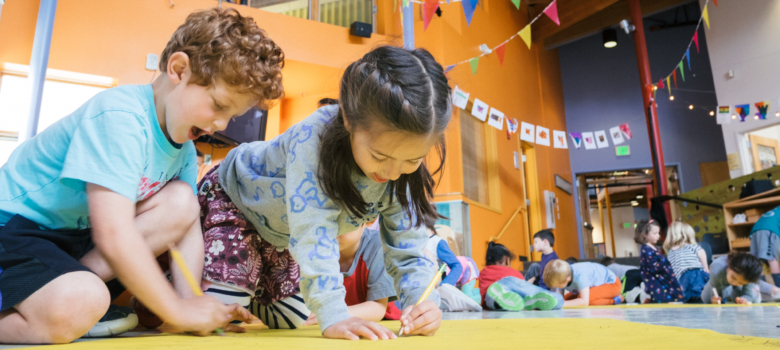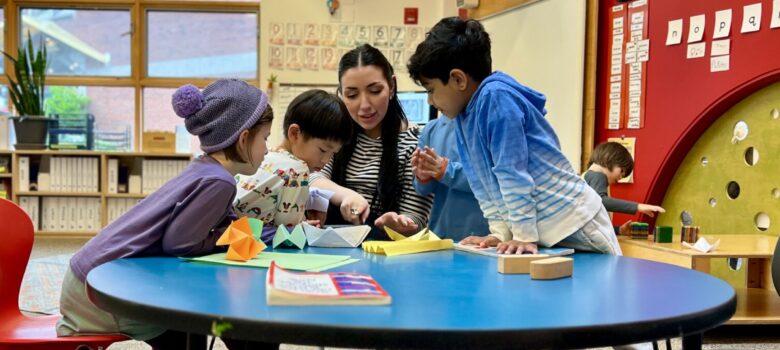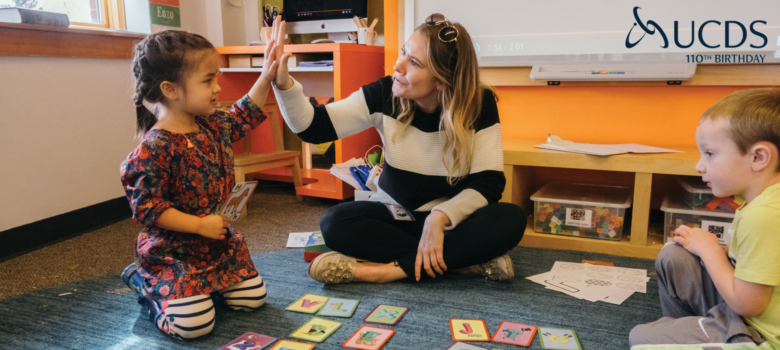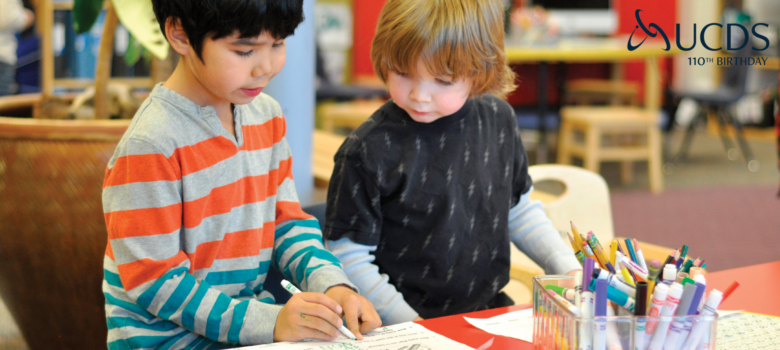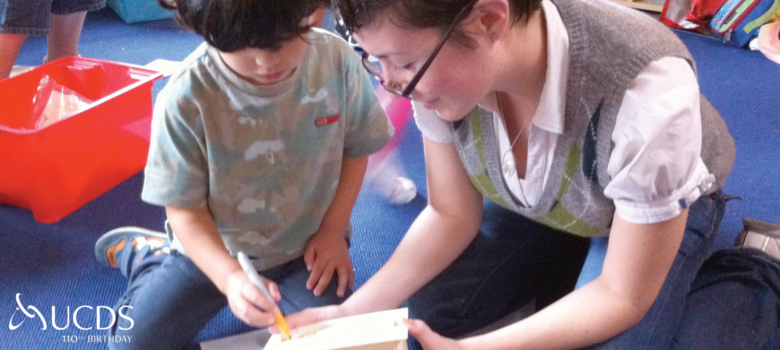By Laura Henneghan, Early Elementary Classroom Teacher
A colleague recently exclaimed to me, in the wake of learning about school closures and the need for developing robust programs for our students to learn from home, “It’s a good thing we love learning SO much! It’s a great problem-solving opportunity.” I couldn’t agree more—and her statement totally changed my perspective on the challenge ahead: the vast uncharted territory of developing multiple weeks’ worth of Distance Learning materials for Early Elementary students. When I took a step back to think about the task as a really juicy Design-Thinking problem, I could feel my mindset shift. I was reminded of one of the fundamental reasons that I love being an educator—that I get to constantly learn and challenge myself right alongside my students. When we, as educators, approach challenges from a Design-Thinking standpoint, we are able to create solutions that are not only effective, but responsive to our students’ and families’ diverse and rapidly evolving needs.
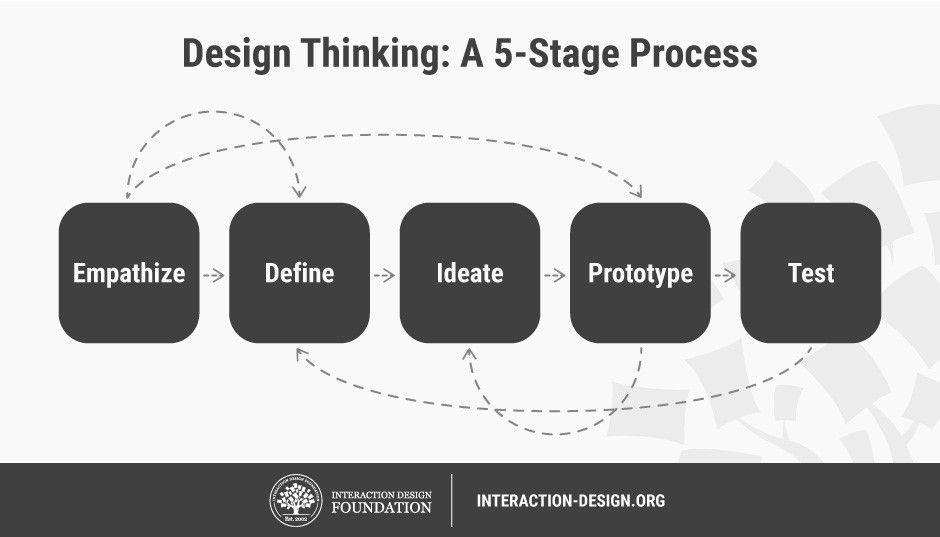
(Interaction Design Foundation-Design Thinking)
The Design-Thinking model can be thought of as a non-linear 5-stage process, meaning that you can (and should!) circle back on earlier stages as you constantly seek to improve your product—in this case, the Distance Learning program. Here are just a few of the ways this process aligns with the Early Elementary team’s approach to our curriculum development:
Empathize
- Understanding that all students and families are doing the best they can with their own set of circumstances
- Listening, learning, and meeting each family where they are
- Considering evolving circumstances
- Individualizing materials based on various needs
Define
- Identifying our goals as educators
- Identifying each family’s goals for their child(ren)
- Identifying student interests
Ideate
- Brainstorming
- Innovating
- Practicing “Yes, and” thinking
- Sharing resources and inspiration
Prototype
- Creating materials
- Identifying appropriate technologies
- Giving it a try! Experimenting!
Test
- Troubleshooting
- Seeking feedback from families
- Reflecting
- Developing strategies to improve
Of course, this process can feel messy and imperfect—that’s because it is! When things feel most challenging, that’s when we circle back to the “why” behind this work—supporting students and families through a confusing, difficult, and unprecedented time and providing resources to help them find structure, consistency and inspiration as they embark on their at-home learning adventure.

